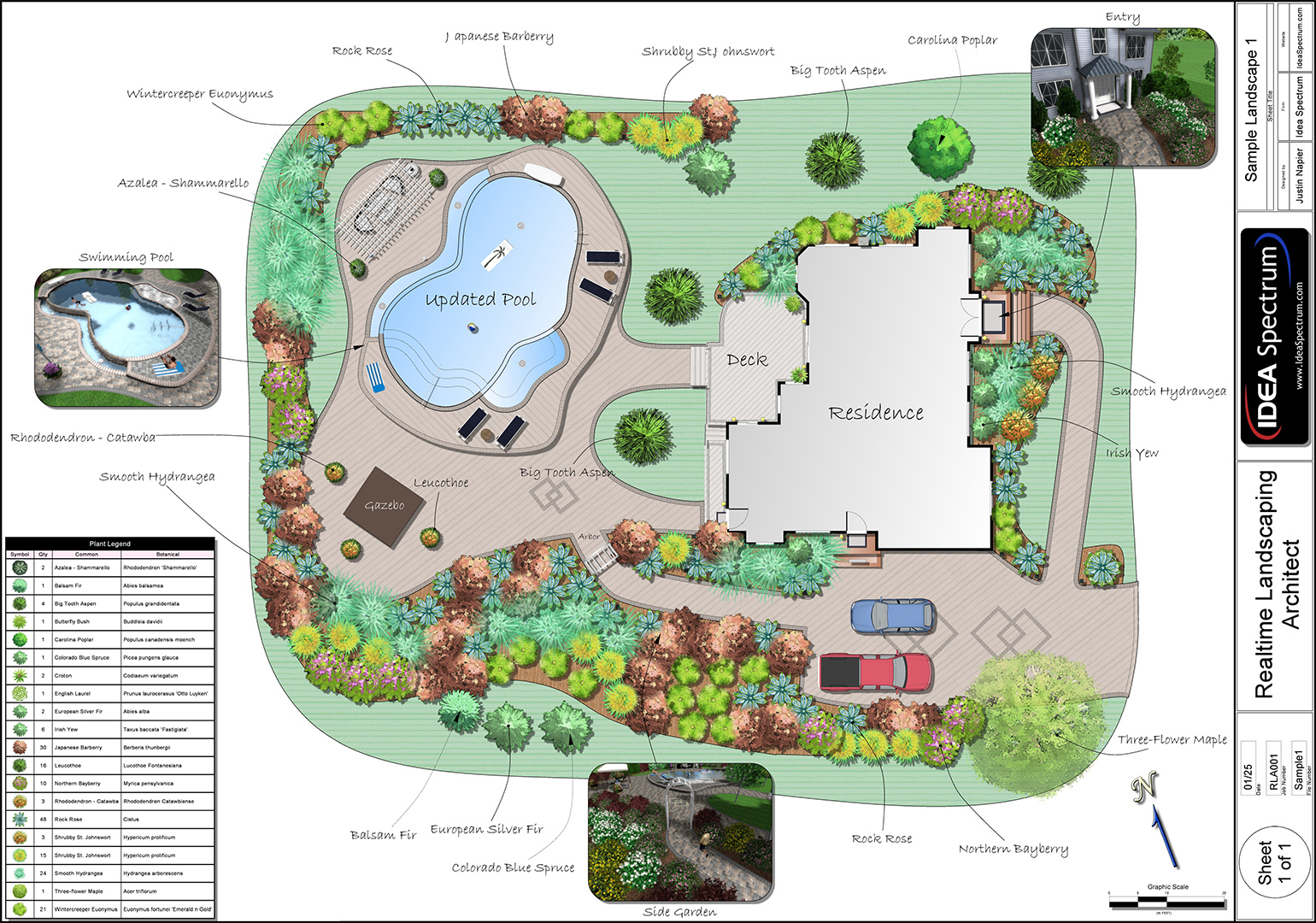Creating a backyard oasis is a desire for numerous property owners, granting a private escape for relaxation and delight. Garden design plays a crucial role in converting your garden space into the peaceful retreat you imagine. No matter if you seek vibrant gardens, comfortable patios, or peaceful ponds, careful site design can transform your outdoor space in so numerous ways.
Investing in professional landscaping services not only enhances the appeal of your home but additionally increases its market value. From curating plant choices that lure pollinators to designing walkways that invite entertaining, there are a multitude of benefits to engaging a landscaping service. However, many homeowners wrestle with the choice of DIY versus professional landscaping, evaluating the expenses, time requirements, and potential issues. In this article, we will examine key garden design practices, common mistakes to prevent, and creative ideas for building a minimalist yet breathtaking environment. Let’s explore inground pool of landscaping and uncover how to create your ideal retreat.
The Value of Professional Landscaping
Spending in professional landscape design services can greatly enhance the aesthetic appeal and functionality of your exterior area. Professionals possess the knowledge and skills needed to create and execute a landscape that matches with your goals while including elements that blend with the surrounding environment. Their understanding of soil types, flora, and weather patterns guarantees that your landscape is not just visually appealing but thrives in all seasons.
Moreover, hiring a landscaping service can save you your time and energy, allowing you to enjoy your outdoor retreat without the burden of designing and maintenance. Experts bring efficient tools and methods that guarantee high-quality work, reducing the likelihood of expensive errors that often arise from do-it-yourself projects. This professional knowledge leads to a landscape that requires less maintenance and remains attractive for years to come.
Finally, well-executed landscaping can considerably boost your property's value. A beautifully landscaped garden creates a welcoming first impression and can help your property stand out in the housing market. Research indicates that proper landscaping can yield a ROI of up to 15 percent or more, making it a wise financial decision for homeowners and business owners alike.
Essential Lawn Care Practices
Caring for a vibrant and nourished lawn requires consistent maintenance throughout the seasons. An important of the practices is proper mowing. It is crucial to mow your lawn regularly and to the right height, since trimming too short can injure the grass and lead to unwanted plants. Keeping your mower blades well-sharpened ensures smooth cuts and prevents stress on the grass, encouraging strong growth. Additionally, varying your mowing pattern each time can aid keep the grass upright and foster even growth.

Fertilization plays a crucial role in lawn health, delivering the vital nutrients that grass requires to thrive. Understanding the individual nutrient needs of your lawn based on its type and the season is important. A well-timed application of fertilizer during the growing season can substantially improve your lawn's color and thickness. Be mindful of over-fertilizing, because this can lead to runoff and environmental issues. Analyzing your soil beforehand can help you in choosing the right type and quantity of fertilizer.
Watering is another vital aspect of lawn care that cannot be ignored. Establishing a thorough and rare watering schedule encourages deep root growth and drought tolerance. It's ideal to water early in the morning when evaporation rates are minimal and grass blades have time to dry before the heat of the day. This practice aids prevent mold-related diseases and keeps the lawn looking fresh. Monitoring rainfall and adjusting your irrigation accordingly ensures that your lawn stays hydrated but not over-saturation.
Sustainable Garden Options
In today's eco-aware world, eco-friendly landscaping has become a vital factor for homeowners. By opting for eco-friendly practices, you can create a beautiful outdoor space and protecting the environment. One efficient approach is using native plants that are ideal to your local climate and soil conditions. These plants not only require fewer water and maintenance and provide important habitats for local wildlife, including bees, butterflies, and other pollinators.
Another sustainable option is xeriscaping, which focuses on creating a low-water landscape design. By incorporating drought-resistant plants and efficient irrigation practices, you can greatly reduce water consumption. This type of landscaping can help maintain a green yard even in dry seasons, and decreasing the need for chemical fertilizers and pesticides. Furthermore, adding features such as mulch can help preserve soil moisture and improve soil health, promoting a flourishing garden ecosystem.
Implementing hardscaping features made from eco-friendly materials can also enhance your landscape and minimizing environmental impact. Consider utilizing reclaimed wood, recycled stone, or permeable paving to create walkways, patios, or retaining walls. These materials not only provide aesthetic appeal but also contribute to reducing your environmental impact. By integrating eco-friendly landscaping solutions, you can transform your backyard into a peaceful retreat that thrives in harmony with the environment.
